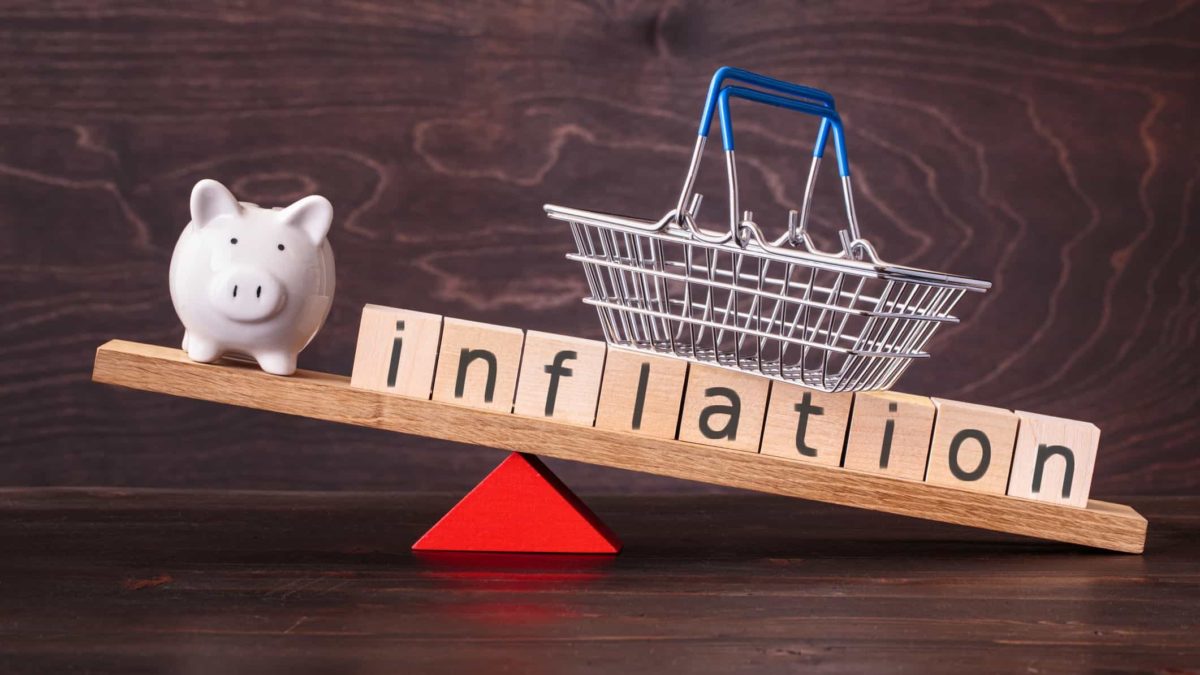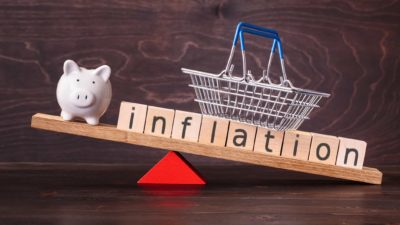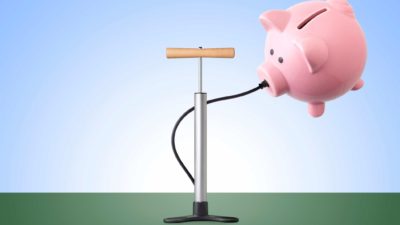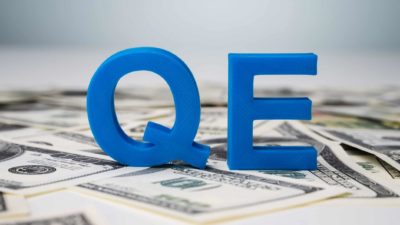At the present time, there are two possibilities ASX investors are facing when it comes to the future. Believing interest rates will rise in the short-to-medium future. Or believing that rates will stay 'lower for longer'.
The periodic volatility the S&P/ASX 200 Index (ASX: XJO), as well as the US markets, have gone through so far this year has pretty much centred around which of these two camps has the upper hand in investing sentiment. Back in March, ASX tech shares went through a very rough period of volatility. This correlated with the US government bond yield on 10-year Treasuries rising substantially – a market reaction normally attributed to increased inflation expectations.
As this 10-year yield has fallen over the following months, the ASX 200 has pushed to new record highs.
Now, both the US Federal Reserve and the Reserve Bank of Australia (RBA) have been very clear on their future expectations when it comes to inflation and interest rates. Both have flagged that they are prepared to see inflation 'run hot' and consistently hit 2-3% annually before raising rates. Both have stated that they would like to see full employment as well. And both have told their respective countries not to expect any rate hikes until 2023 or 2024.
Inflation shadows the ASX
The US Fed changed the goalposts slightly last week when it came out and said that it might have to deliver two rate hikes in 2023. However, Fed chair Jerome Powell has since come out and tempered this assessment, stating that he expects recent rises in inflation to be "transitory".
However, there are still are numbers of investors out there who think that inflation is still coming, and fast. We discussed how one fund manager is preparing for inflation just yesterday. So who do we believe? The central banks, or the inflation bears? Unfortunately for ASX investors, each side offers a wildly divergent outcome and will affect an ASX share portfolio differently.
Put simply, if rates rise, it's likely to bring bad news for investors. Especially if the Fed and the RBA have to raise rates quickly. Since interest rates affect the returns offered by government bonds and cash investments, rising rates usually result in capital leaving the share market and going into these 'safer' investments. Higher rates theoretically also raise the risk of investing in companies that have a lot of debt, such as growth shares. If interest rates are at record lows, borrowing money to grow a company is very cheap. If rates rise, not so much.
Right and wrong
So if the lower for longer' camp is right about rates, and we don't see a rate hike until 2024, then there is a lot less risk in investing in shares in the current market. If the 'inflation is coming/already here' camp is right, we might be in for a choppy year or two for returns on the ASX. So it might be worth taking a look at your ASX portfolio and envisage how it might fare if either of these two narratives plays out. Remember, one camp will probably end up being right, and one wrong.








